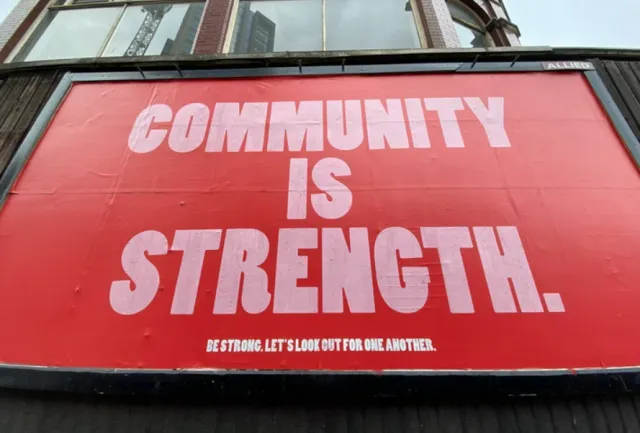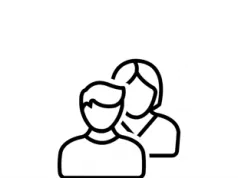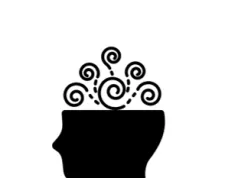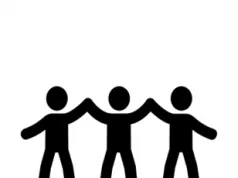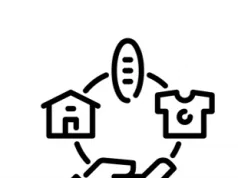Therapeutic Communities offer an opportunity for those struggling with their mental health to come together and strive for improved wellbeing. They have helped many people see an improvement in their mental health.
If you are considering joining a community, or if you want more information on these communities, then the content below should be helpful. While each community will be slightly different, there are some consistent factors – which we explore in this article.
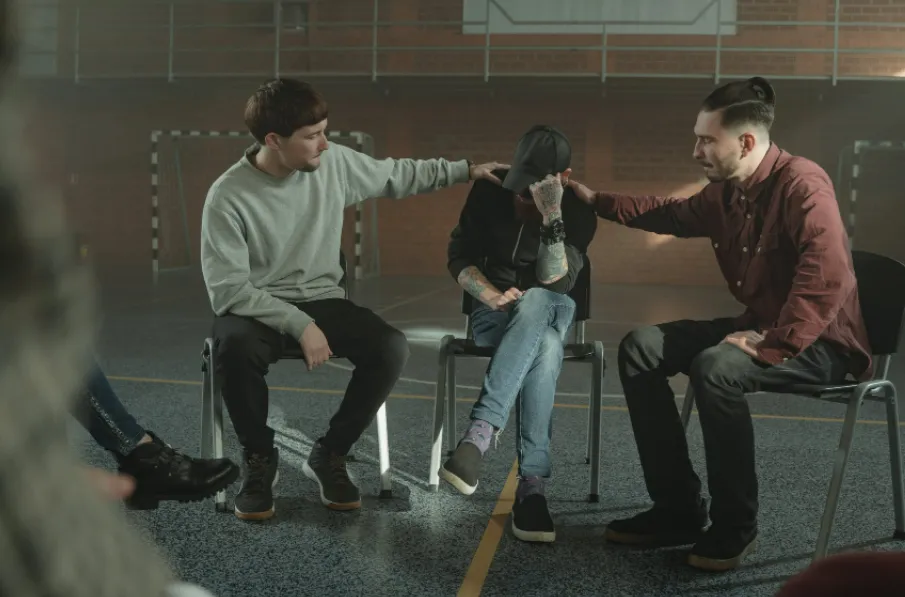
What is a Therapeutic Community?
Therapeutic Communities: Therapeutic Communities are for people with long-standing and complex emotional problems. These communities host groups of people, where individuals will often attend for weeks, and even months in some cases – typically attending a large house. Most therapy is provided in small groups. Patients are taught about interacting with others, and by partaking in group activities, learn the importance of getting on with others. When disagreements arise, the patients in the treatment are entrusted with setting rules to prohibit conflict. The patients also improve social skills by engaging in common behaviour – such as meal preparation. Not everyone is allowed into a Therapeutic Community, with the patients already situated at the community deciding whether or not an individual can enter. Overall, these measures can lead to an improved chance of recovery.
Gaining entry to a community
Generally, only those who are under the care of their local Community Mental Health Team (CMHT) may be considered for a referral. This is because these communities are for those with long-standing and complex problems.
As part of the referral process, a person would be interviewed by a psychologist, who will attempt to gain a strong understanding of the patient. They will take this chance to consider if the person is suitable to enter the community.
In this interview, the patient will be asked about how they could contribute to a community, and what goals they have in terms of outcomes. If the psychologist deems them suitable, then the person will be invited to attend.
Integration
Once a person is accepted, they will join the community. Over a period of either a few weeks or a few months, the person will live in said community, and with others in this area.
Many people are surprised by the rules in place at such communities. But getting used to these rules typically takes place quickly. By having strong rules, it ensures a community runs in a civil and sensible manner.
All members are welcome to make suggestions about the day-to-day running of a community. However, there will always be input by staff and the mental health professionals.
All members are encouraged to congratulate one another and cheer each person on in their recovery. After all, it can be very motivating to play a role in someone else’s recovery.
Typical day
Therapeutic Communities largely follow the same schedule. The day usually starts off with a whole community meeting. This will include mental health professionals, other staff, and the participants themselves.
The plan of the day ahead is normally discussed, which includes therapy sessions at certain times, chores, talks and activities.
Patients will take part in various therapy groups. For example, one therapist may provide group Cognitive Behavioural Therapy, another Exposure Therapy, and one other Arts Therapy. These are various examples.
The aim of these therapy sessions is to allow the patients to look at their complex issues, find the root causes and aim to find practical ways of bettering their mental wellbeing. This is helped by the therapist team.
Therapy sessions will aim to tackle deep-seated issues, with a focus on accepting the past, striving for change, and making positive decisions about thoughts, feelings and behaviours.
The main focus is on improving interpersonal relationships in a highly-focused way. There is the aim of making each person well-prepared for the real world, which relationship-building helps with.
Therapy will sometimes be on a one-to-one basis, but usually features around 6-12 people. As alluded to above, a broad range of types of therapy can be used as part of the community.
A group lunch typically follows, before another round of therapy in the afternoon. Other activities, whether it be exercise, board games, reading or walking – typically happen later in the afternoon, before dinner.
Chores are completed regularly – such as cleaning, doing the dishes, cooking and other general upkeep of the community. Each person is expected to contribute to this.
At the end of each day, another whole community meeting will normally take place. This provides an opportunity for the community to review what has been learned on that day.
Who are Therapeutic Communities for?
Therapeutic Communities are best suited to those with conditions like Substance Use Disorders, Personality Disorders, Trauma-based Disorders or other conditions that aren’t responding well to other treatment.
As people live together, conflicts will inevitably erupt. But there is a focus on moving past conflict. It is a great skill to learn to cope with the habits of others – which can help patients re-integrate themselves into society eventually.
Suspensions from a community can take place if members of the community and staff feel it is appropriate.
Leaving a community
People typically don’t have a rigid time-frame for attending a Therapeutic Community. Instead, it is left up to the patient to decide when they feel they are ready to depart.
Each patient will have regular one-to-one’s with a therapist to discuss their progress. Eventually, the duo may agree it is time for them to leave the community and return to their life.
Many will choose to keep in contact with others in the community. Going through an experience like a Therapeutic Community will bring people together closely.
Summary
A Therapeutic Community provides a very unique experience. Unless you have been through it, it is challenging to describe how it works. But the above should hopefully provide some guidance.
These communities can be excellent for helping those struggling with their mental health to get better. They teach invaluable skills which can certainly help a person when they return to their day-to-day life.
See Also
- Therapy Home
- Everything You Need To Know About Talking Therapy
- FAQ’s About Talking Therapy
- Therapeutic Communities: Everything You Need to Know
- The Advantages and Disadvantages of Therapeutic Communities
- 8 Things You Should Know About Therapeutic Communities
- What Are The 10 Core Values of a Therapeutic Community?
- Is a Therapeutic Community and a Halfway House the Same Thing?
Disclaimer
This website should be used purely for informational purposes, and does not intend to, nor should it ever, be used as a replacement for professional medical advice.
We strive to keep all of our pages updated, and ensure that our website is full of factual and in-depth information. However, we encourage you to browse this website with care.
As a reminder, this website and all content within it cannot and should not replace the advice of a trained medical professional. You can read our full disclaimer at this link.
Helplines
If you are struggling with your mental health, help is available. With the right support and treatment, you can make a recovery. For information on helplines, or if you are in a state of crisis, please visit our crisis page by clicking on the relevant link for your geographical location (United Kingdom), (United States), (International). You can also see how to get mental health treatment and the process involved by clicking this link.
References
Text

